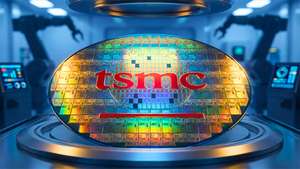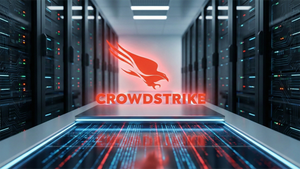
Investors tend to focus on only two main ways to get their money’s worth out of buying a stock. Typically, the classic ‘buy low and sell high’ approach is the first goal for everyone who buys a stock, especially when it is a speculative venture such as holding so-called ‘meme stocks’ like GameStop Corp. (NYSE: GME).
The second reason investors buy a stock is to potentially collect a dividend, and who doesn’t love to receive a proverbial ‘paycheck’ in their account without lifting a finger? However lovely they may feel, dividends aren’t the best – nor the most – efficient way for shareholders to be rewarded for their time and due diligence efforts.
Stock buybacks are a better filter for investors to look for reasons that will become clear in just a bit. For now, all investors need to know is that stocks like AutoZone Inc. (NYSE: AZO), O’Reilly Automotive Inc. (NASDAQ: ORLY), and even NVR Inc. (NYSE: NVR) are clear examples of what buying back shares can do for a stock’s value; here’s the reasoning behind the fact.
The Efficiency of Share Buybacks Over Dividends for Investor Payouts
Both dividends and share buybacks are funded through free cash flow (operating cash flow minus capital expenditures), but here’s how buybacks make for a more efficient payout. Because free cash flow is already taxed at the company’s adequate tax level, receiving dividends creates an unwanted second layer of taxes for investors.
Because management uses this free cash flow to buy back stock, returning capital to its owners, investors can compound their investments tax-free. Here’s a simple example of how this method can increase stock ownership.
If a stock has 10 shares outstanding and someone owns two of them, that’s a 20% ownership rate. If management buys back two shares, there are now only eight shares in the market, bringing the net ownership of that same investor up to 25% without any added capital on their end.
Of course, the benefits come through how the stock price appreciates because there is a larger slice of the pie to go around. Take a look at how stock buybacks have fueled price rallies in the following three stocks.
1. AutoZone's Consistent Stock Buybacks Have Outpaced the Market
What started in 1998 to mark AutoZone’s first year in stock buybacks has become a snowball effect. Since its inception, the company’s buyback program has allocated up to $31.2 billion to buy back stock.
By taking this many shares off the market, the stock has appreciated quickly enough to outpace the S&P 500 by over 3,000% in the past 20 years.
Based on today’s market capitalization of $47.6 billion, this total would represent roughly 65.5% of the company’s entire size. How can AutoZone afford such a significant and consistent stock buyback program? The answer lies in the company’s financials.
Because AutoZone’s gross margins stand at 53.2%, the company can keep more from each sale and manage this money effectively. How effectively? Return on invested capital (ROIC) rates hovered at 33% and above, bringing in the ultimate compounding effect for shareholders.
2. The Positive Impact of Stock Buybacks on O'Reilly Stock Over Time
Another winning stock in the automotive sector, O’Reilly, gets to keep up to 51.3% from each sale, allowing it to roll over its free cash flow and generate ROIC rates of over 34%.
With these funds and such a profitable business, management can’t help but buy back stock occasionally—every now and then, meaning as early as 2012 and every year since. So far, the company has allocated $17.6 billion into its cumulative program, or 31% of its market capitalization today.
Because of this ability to keep buying back stock, O’Reilly has given investors life-changing returns, amounting to over 6,000% in the past twenty years.
As long as management continues to do an excellent job retaining high margins and buying back stock each time the company takes a dip, investors can reasonably expect to see the stock making new all-time highs on compounding capital.
3. NVR's Profits Flowing Into Investors' Pockets
In May of this year, NVR’s board of directors authorized up to $750 to be allocated toward a new stock buyback program, representing an additional 3.2% of the company’s market capitalization today.
Switching gears to the real estate sector, management may be saving up these funds for further investment in the company’s operations, especially now that U.S. home listings are on the rise again. Once these investments in the sector upcycle are made, investors could expect more aggressive buybacks to be implemented.
The stock’s historical buybacks have led it to run by over 1,700% in the past 20 years. If the company keeps up its 26.3% gross margin and 24.3% ROIC rates, investors could expect further buyback programs to help the stock make new all-time highs again, not to mention seeing the company's profits end up back in their pockets.





